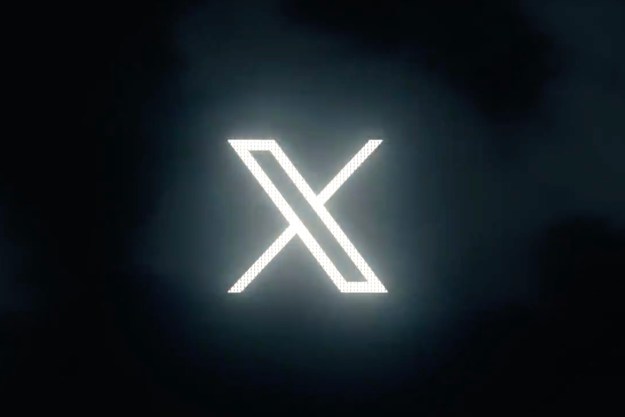
Hashtags: They’ve invaded our social networks, our language, and likely our subconscious. The simple icon has come to be so much more than a number sign, connecting people and ideas, and admittedly annoying the hell out of us. Despite any misgivings, hashtags are now a function of the digital world and they aren’t going anywhere.
They’ve been increasingly introduced to social apps and sites over the past handful of years, becoming a nearly ubiquitous utility of the social Web – which is why it’s so surprising that there remain large gaps in our ability to access and leverage them. Hashtag use is still fairly segmented; you can’t see the entire conversation revolving around #TBT. You have to log in to your respective sites in order to check out the throwback madness.
Or at least, you used to. Introducing Hshtags, a universal hashtag search client that pulls together all the content posted with a certain hashtag from a exhaustive list of social platforms: Facebook, Twitter, Instagram, Flickr, YouTube, Vimeo, and Tumblr (Vine and Google+ support forthcoming).
Kim Goulbourne, creator of Hshtags (who full times as a front-end developer for New York digital agency Wondersauce) says the idea for the project came to her during her senior year at Savannah College of Art and Design. “I was interested in the concept of designing something based around social networks and keywords. At first the idea started off as just categorizing posts based on keywords, allowing a user to then select a category and explore posts,” she says.
“I revisited the concept months later and Hshtags evolved into a tool for searching through social media using hashtags.” After a year of learning how to code something so massive, she came back to her idea and with some help from friends and mentors, started to build Hshtags.

While the process of creating a search engine that scours the enormous databases of these social networks for hashtags is huge endeavor, using 
Hshtags only launched this past September, but Goulbourne shared some of the early activity revelations with me. The app gets a lot of international users, she says. And while there haven’t been enough consistent searches in Hshtags to draw conclusions on what we’re searching for across networks, she does mention, “#breakingbad might have been one of the most popular tags when the site beta launched.” No surprises there.
I ask whether she’d noticed the “type” of hashtags used by each platform – from the user perspective, it feels like I see lots of brand-type hashtags on Twitter, a lot of descriptions on Instagram, and a lot of randomness on Facebook. She says it’s too early to tell, and Hshtags hasn’t really started analyzing this content yet – but there’s plenty of potential.
“I want to create a powerful search engine that focuses on social media but using hashtags as its core,” Goulbourne says. “I think a hashtag is such a robust device when it comes to having global conversations on one topic in the social realm. They are easy ways to open dialogue on particular topics and strong promotional tools for brands or companies who are looking to build and analyze conversations with consumers around their product.”
“More than once I’ve heard ‘it’s the Google search of social media,'” Goulbourne says.
Given their increasing use and worth, Goulbourne’s college-born concept could easily find a huge audience of curious users and interested business partners. It’s a relatively simple idea with a lot of possibilities – sort of like #thethingitself at the heart of the project.
Editors' Recommendations
- Want better Twitter notifications? New keyword search alert could help
- Pope Francis’ call to end trolling on social media leads to more trolling
